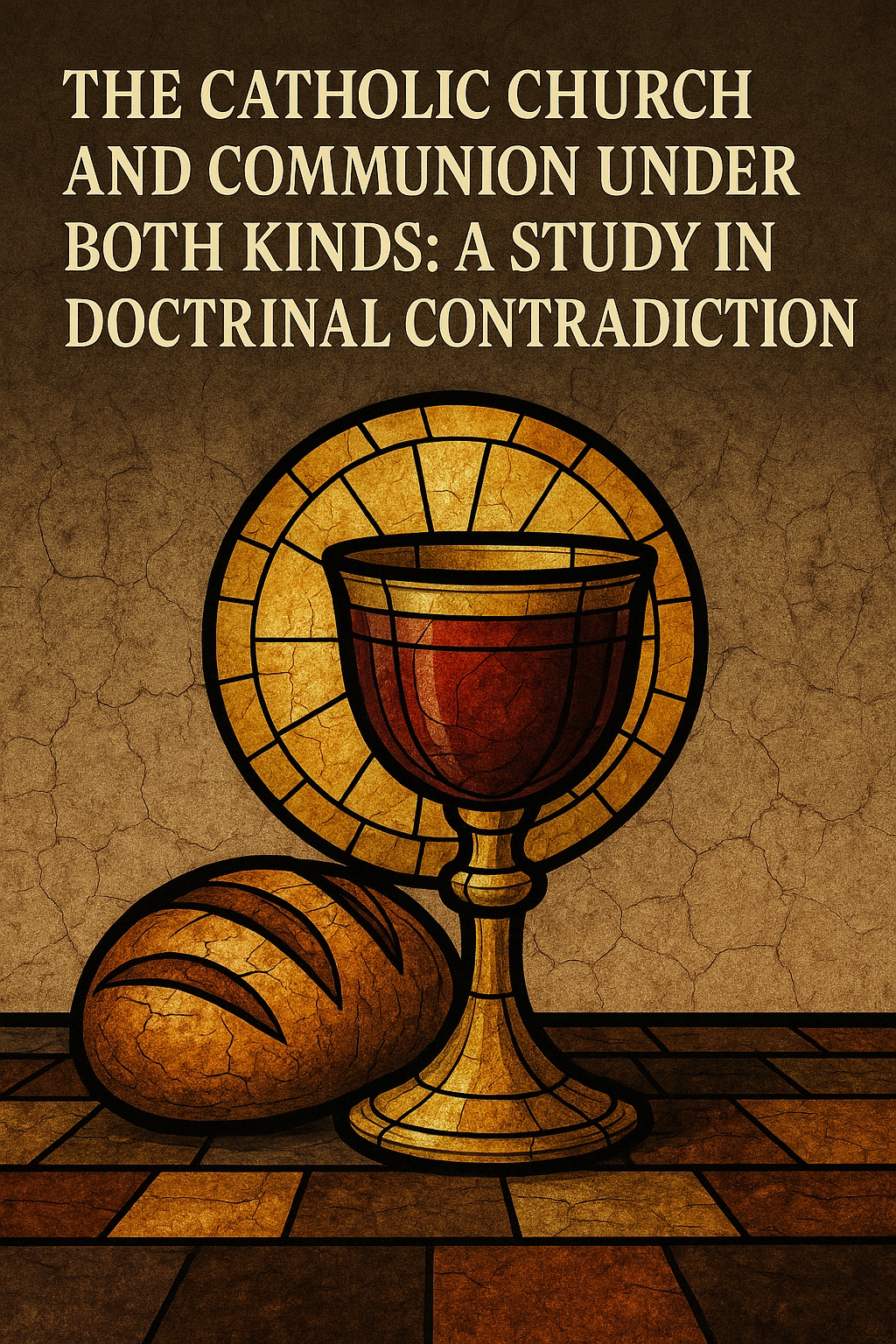The Catholic Church and Communion Under Both Kinds: A Study in Doctrinal Contradiction

The Catholic Church and Communion Under Both Kinds: A Study in Doctrinal Contradiction J. Neil Daniels Introduction The administration of communion under both kinds—the distribution of both the bread and the wine to the laity—stands as a compelling case study in doctrinal discontinuity within Roman Catholicism. This issue highlights the manner in which ecclesiastical decisions have, at times, conflicted with both the plain teaching of Scripture and longstanding ecclesial practice, only to be reversed centuries later. The Catholic Church’s evolving stance on this matter exposes a tension between its assertion of doctrinal infallibility and the manifest mutability of its teaching and discipline over time. Biblical Foundation for Communion Under Both Kinds The biblical basis for administering both elements of the Eucharist to all communicants is clear and unequivocal. Christ’s institution of the Supper explicitly includes the command that all partake of both bread and ...



